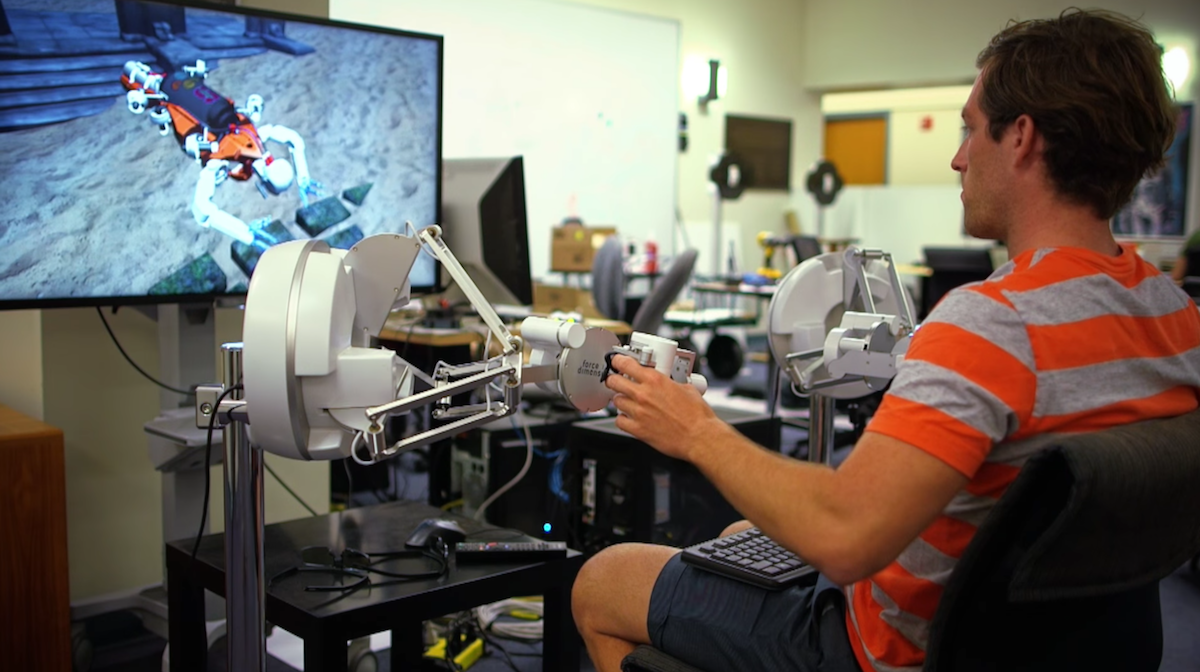OceanOne took to the waters of the Mediterranean last week, to explore the wreck La Lune off the coast of France. The shipwreck has been on the seafloor since 1664 in over 100m of water, and no diver has ever seen the wreck in person.
At five feet long from end to end, OceanOne is a humanoid scuba diving robot able to nimbly explore deep into the ocean, far below the range of humans. OceanOne has stereoscopic vision, haptic force feedback, articulating arms, an artificial brain and a ‘tail’ section which houses batteries, computers and eight multi-directional thrusters.
The idea for diving robot came from Oussama Khatib, a computer science and mechanical engineering professor at Stanford University. OceanOne was born from the need to study coral reefs deep in the Red Sea, a robot that could work between the delicate corals and give researches a more immersive experience.
“OceanOne will be your avatar,” said Ossama Khatib. “The intent here is to have a human diving virtually, to put the human out of harm’s way. Having a machine that has human characteristics that can project the human diver’s embodiment at depth is going to be amazing.”
No existing robotic submarine can dive with the skill and care of a human diver, so OceanOne was conceived and built from the ground up, a successful marriage of robotics, artificial intelligence and haptic feedback systems.
The friendly shape is unlike conventional boxy submersibles, and it’s the hands which really set OceanOne apart. Each fully articulated wrist is fitted with force sensors that relay haptic feedback to the pilot’s controls, so the human can feel whether the robot is grasping something firm and heavy, or light and delicate.

“You can feel exactly what the robot is doing,” Khatib said. “It’s almost like you are there; with the sense of touch you create a new dimension of perception.”
The brain of OceanOne is able to read data through the finger sensors which ensure that its hands keep a firm grip on objects, but that they don’t damage things by squeezing too tightly. In addition to exploring shipwrecks, the hands are able to work around delicate corals and place underwater sensors.
The goal is for OceanOne to help out on missions that are too dangerous for human divers. While OceanOne is still a prototype, the project could eventually become a fleet of robotic divers, working together as human pilots guide them from afar. [Stanford]



